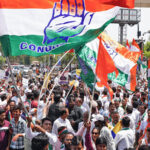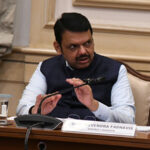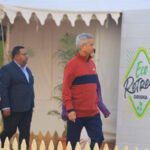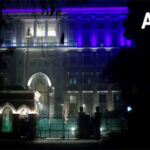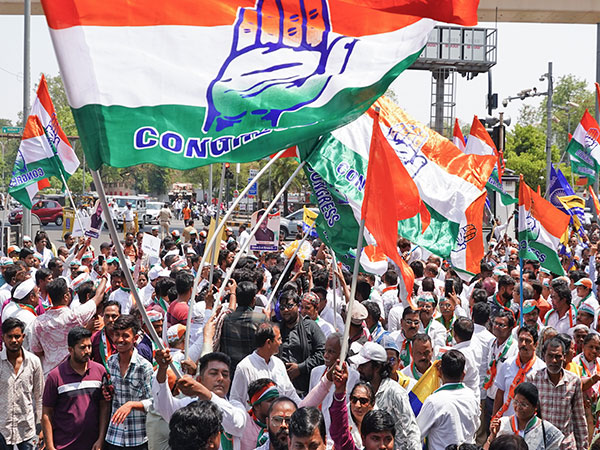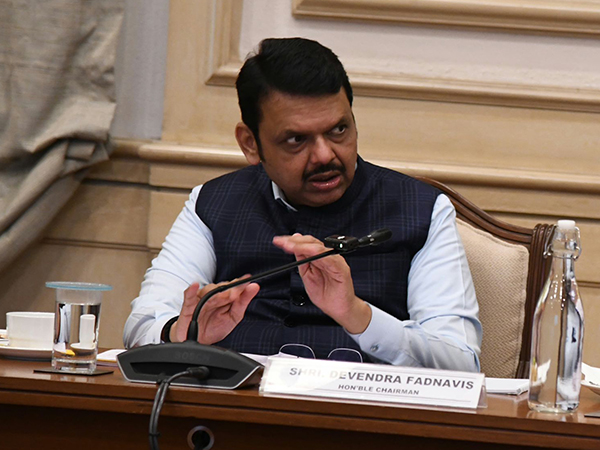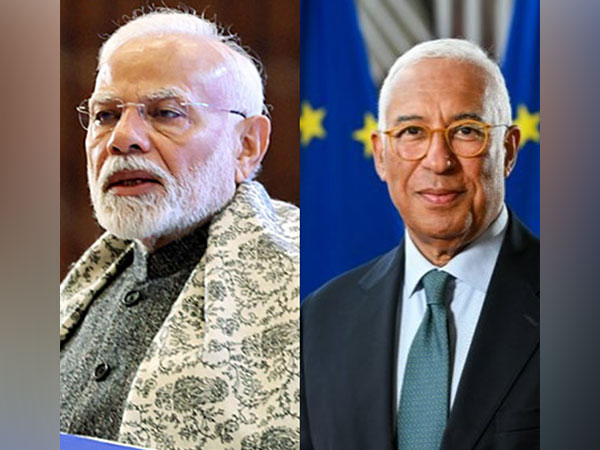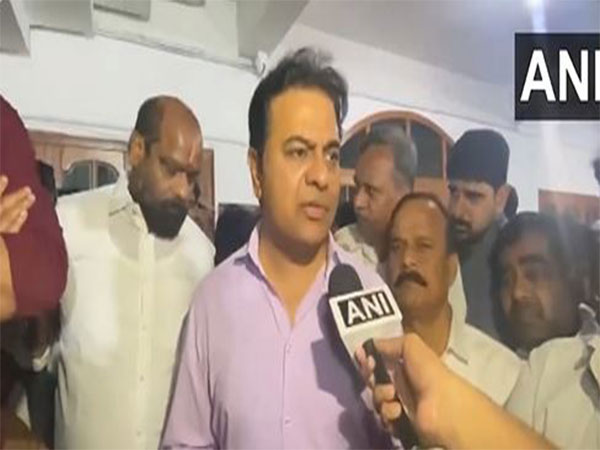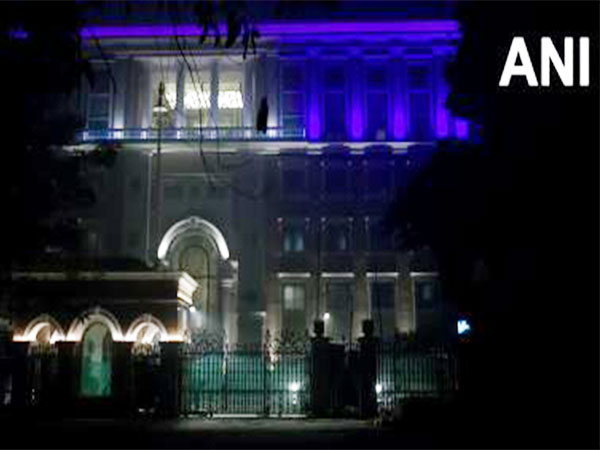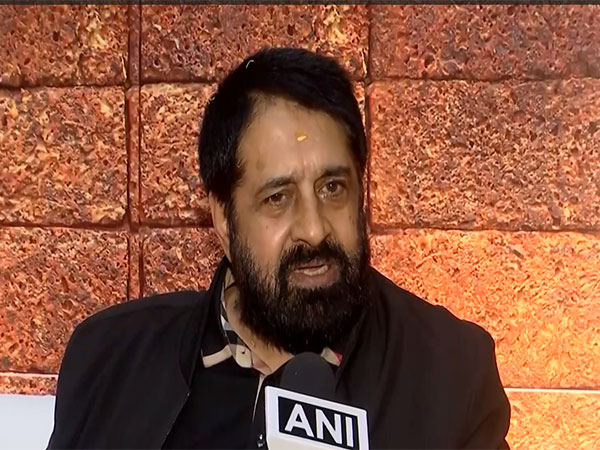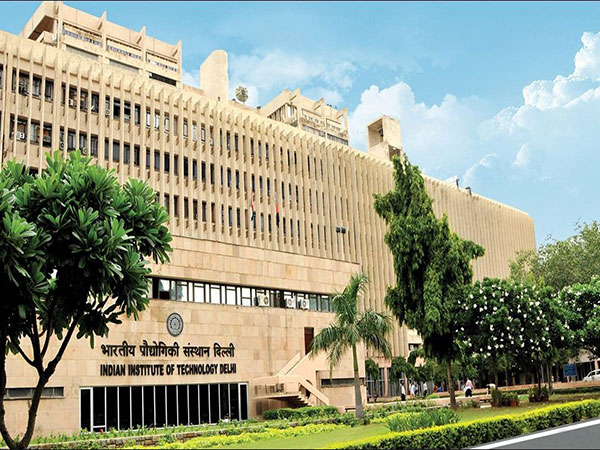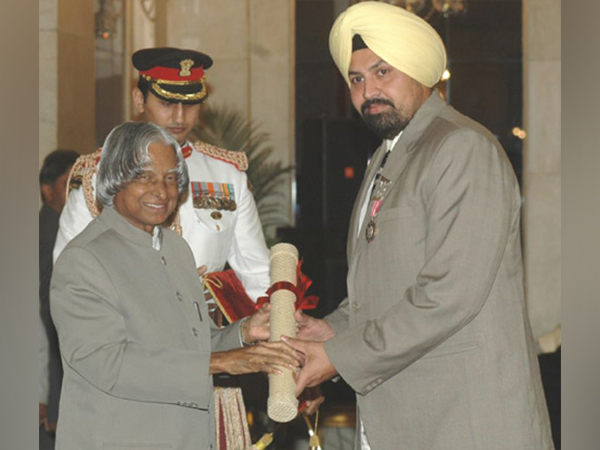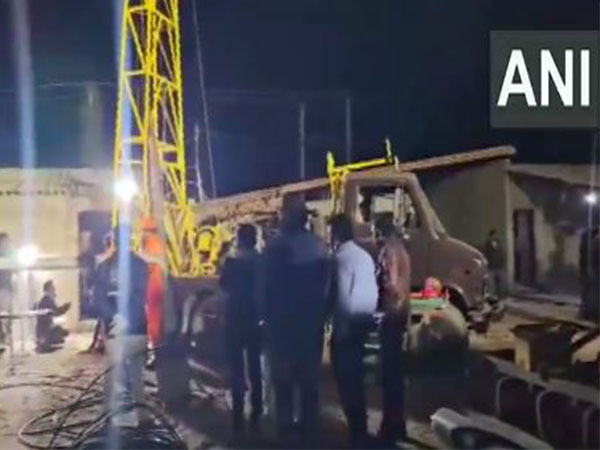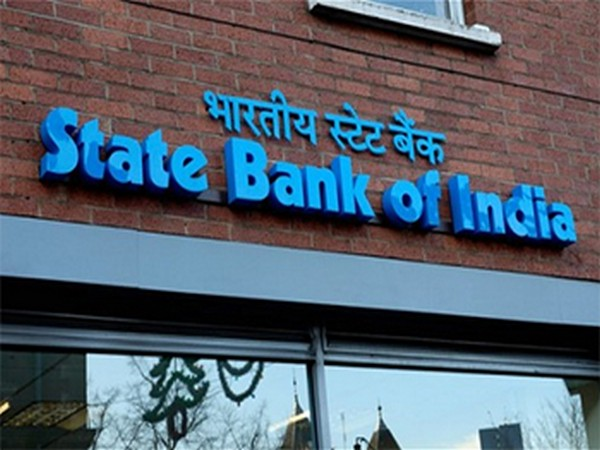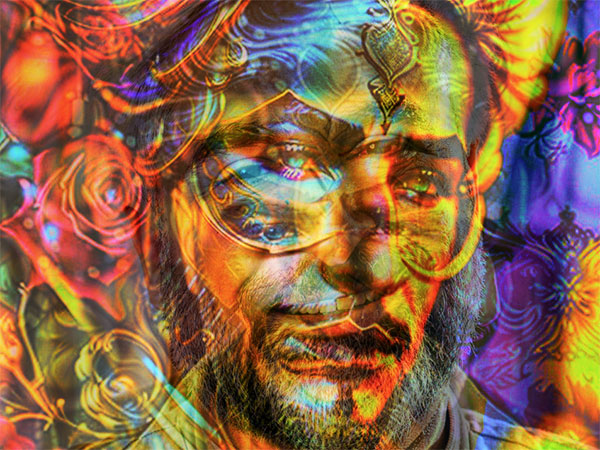
By Suvir Saran
New Delhi [India], December 31 (ANI): In the dim glow of a New York cafe in 1994, I found myself captivated by the gaze of a stranger. A ruggedly handsome artist sat across the room, his hands moving deftly across a sketchpad. When he approached me with a portrait–my portrait–drawn with startling precision, I was smitten. He moved into my life as swiftly as he had walked across that cafe floor. Soon, he was not only my partner but my equal in every aspect of my existence.
Until he wasn’t.
One day, I came home to find my laptop, camera, precious antiquities, and every cent in my bank account gone. The betrayal left me breathless–gasping not for air, but for connection to a reality that suddenly felt as if it had slipped through my fingers. Betrayal doesn’t just hurt; it unravels us. It exposes every fragile thread of trust we thought we had stitched tightly into the fabric of our lives. It sears, it burns, it corrodes. It leaves cracks in places we didn’t know could break.
Anger followed quickly, surging through my veins like molten lava. But anger is not a release; it is a captor. It festers. It poisons from the inside out. It consumes us, one thought at a time, until we are left hollowed by its weight.
And yet, these emotions–anger, despair, betrayal–cannot be ignored. They demand to be acknowledged, even when society shames us into silence. Depression, though silent, is not innocent. It takes root, wrapping its tendrils around the mind, stealing joy, suffocating hope. Yet we treat it as an afterthought, a taboo. In doing so, we fail ourselves and others.
I know this because in 2024, I lost a dear friend to that silence. They were larger than life–a force of nature, a legend who seemed invincible. They radiated joy, humor, and brilliance, creating an aura so bright it masked the darkness within. But in the spaces between their noise, their laughter, their light, they were drowning. They died feeling unmoored, unloved, and unseen. And while the world mourned the icon, I mourned the person, grappling with the painful realization that their loneliness had gone unnoticed, their struggles unheard.
Another friend, who remains nameless here, continues to fight a different kind of battle. They have faced life-altering illness with a courage that can only be described as miraculous. And yet, it is not their body but their mind that now threatens to undo them. Depression and anger coil tightly within, hissing questions: Why me? Why now? I’ve sat with them in their silence, felt the weight of their words, and known the helplessness that comes when there are no easy answers.
I see my own story in theirs. When I lost my sight–legally blind, seeing only three feet from one eye–I felt betrayed by life itself. I stopped eating, stopped caring. My reflection in the mirror became a stranger, one I feared and loathed. I didn’t want to live in a world I couldn’t experience on my terms. My anger turned inward, corroding me from the inside out, until I was as broken in spirit as I was in body.
But healing, as I’ve learned, doesn’t come from denying our cracks. It comes from acknowledging them. My mother, with her infinite wisdom, often spoke of life as a golden coin. One side shimmers with joy, beauty, and triumph–the emotions we celebrate with open arms. The other side, equally important, holds despair, betrayal, and loss. To live fully, she taught me, is to embracep both sides with equal grace.
She also introduced me to the Japanese art of Kintsugi, the practice of mending broken pottery with gold. In her eyes, every crack was an opportunity to weave beauty from brokenness, to honor the damage with something precious. She urged me to see life’s cracks not as flaws but as proof of resilience. “If we only polish one side of the coin,” she would say, “we tarnish its beauty. The gold lies on the other side, waiting to fill the cracks that life leaves behind.”
When I returned to India during my illness, she insisted I take a sabbatical from life and work. She fed me, literally and figuratively, with small portions of food and larger servings of hope. Slowly, I began to heal–not because my cracks disappeared, but because I learned to fill them with self-forgiveness, self-preservation, and self-celebration. I began to see the sheen of Kintsugi in myself, the shimmer of a life pieced together not despite its fractures, but because of them.
As we step into 2025, I invite you to see your own cracks as spaces to be filled with gold. To confront the anger, despair, and fear that betrayal leaves behind. To understand that healing is not linear, nor is it easy. It is a cobbled path, strewn with doubts and distractions, but it is also a journey worth taking.
This New Year, let us resolve not to chase trends or fads but to reclaim our own agency. Let us refuse to allow betrayal, despair, or societal stigma to define us. Let us honor our brokenness as proof of life, of love, of resilience.
My friend who passed away, my friend who continues to fight, my mother who turned 80 this year–they all remind me that healing is not about erasing the past but integrating it. That the cracks in our lives can become the most beautiful parts of us, if only we allow ourselves the grace to mend them.
So, let us embrace the golden coin of life, in all its complexity. Let us honor both sides–polishing the joy and filling the cracks of sorrow with the gold of our own making. And let us step into this New Year with courage, authenticity, and the belief that every crack tells a story worth celebrating.
For it is in the cracks that the light gets in, and it is in the mending that we find our strength. (ANI/Suvir Saran)
Disclaimer: Suvir Saran is a Masterchef, Author, Hospitality Consultant And Educator. The views expressed in this article are his own.
